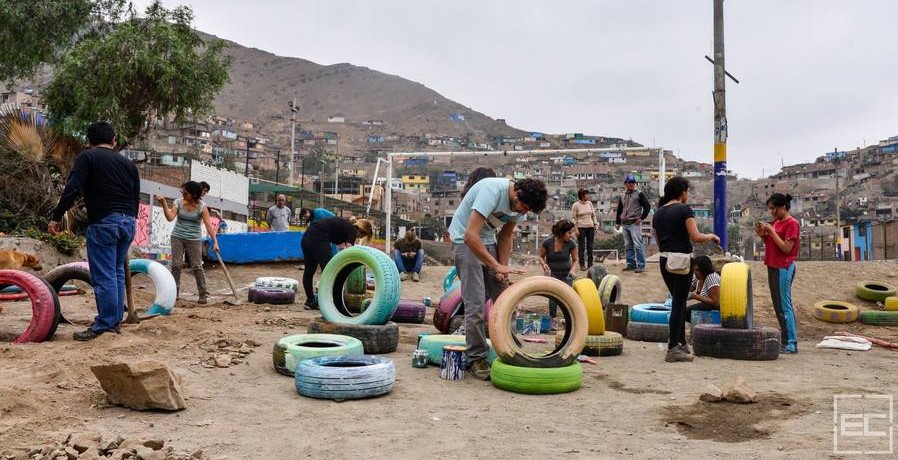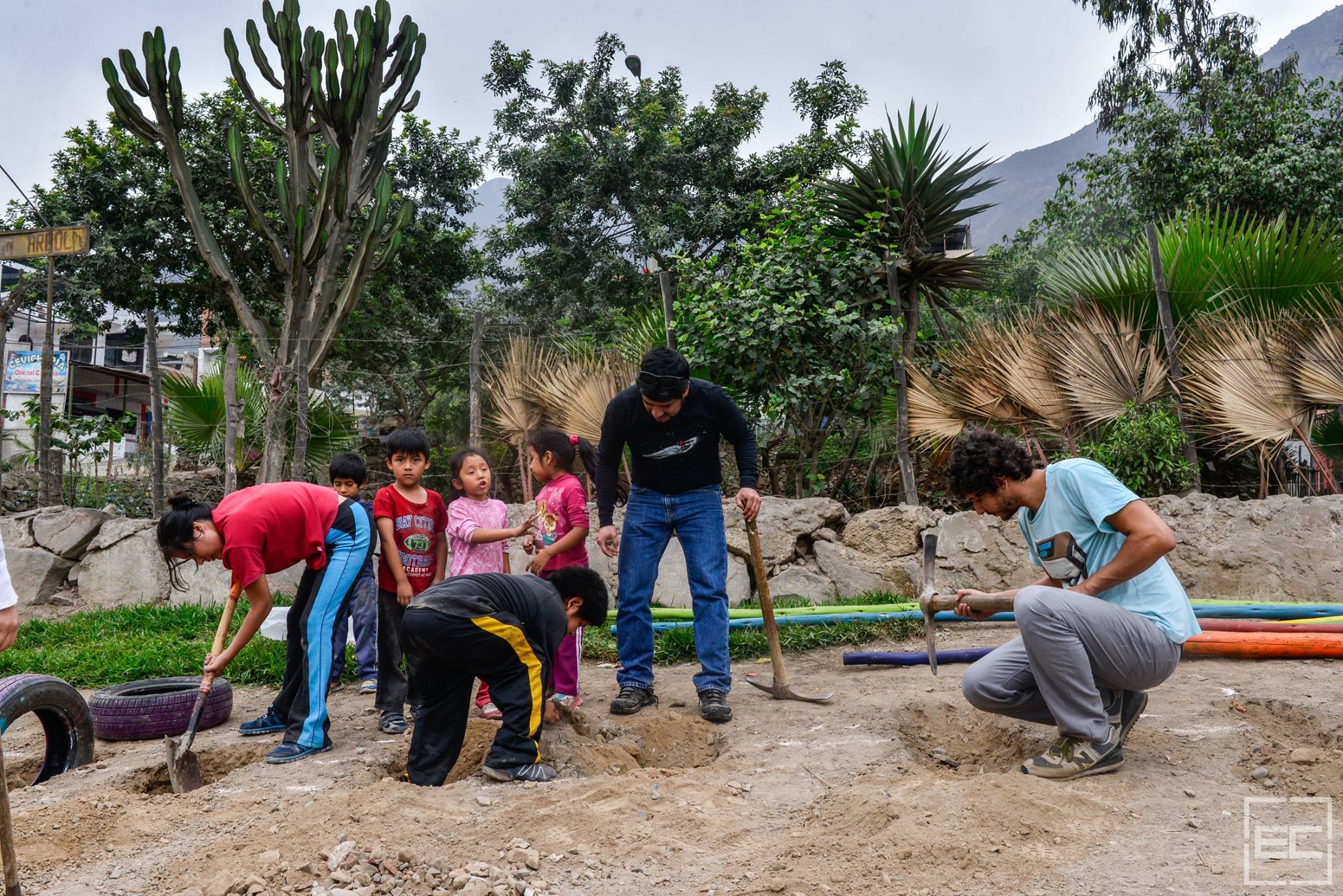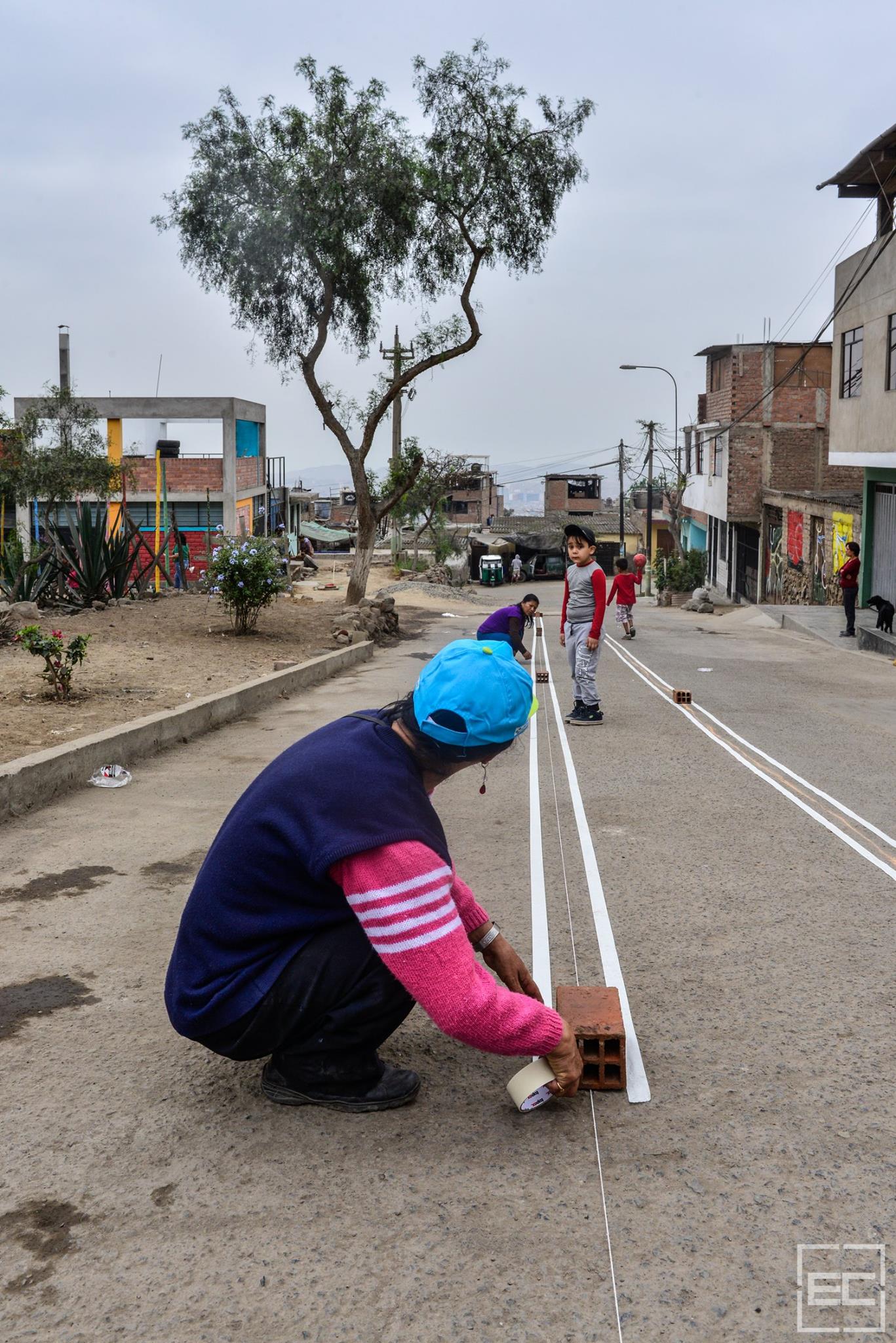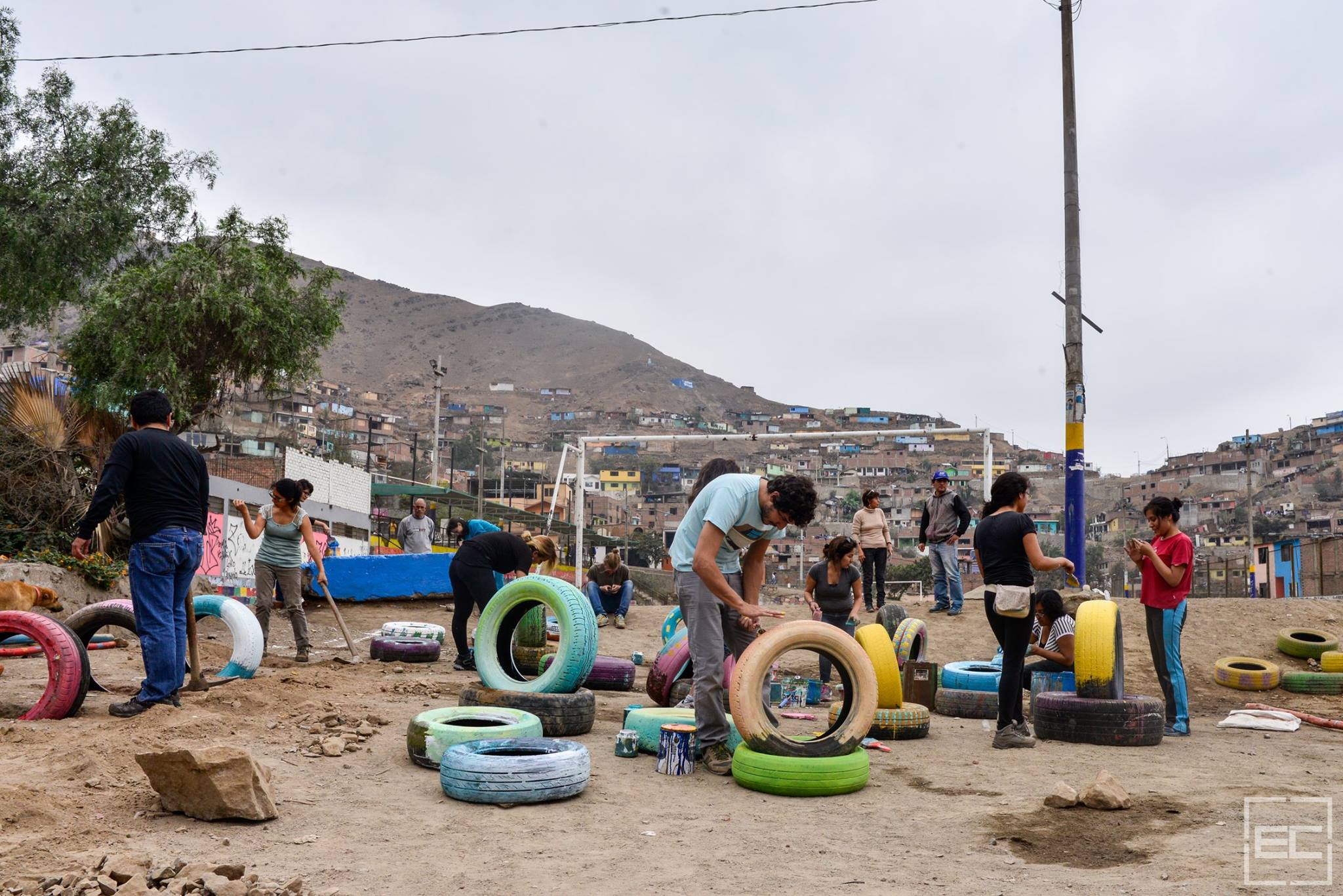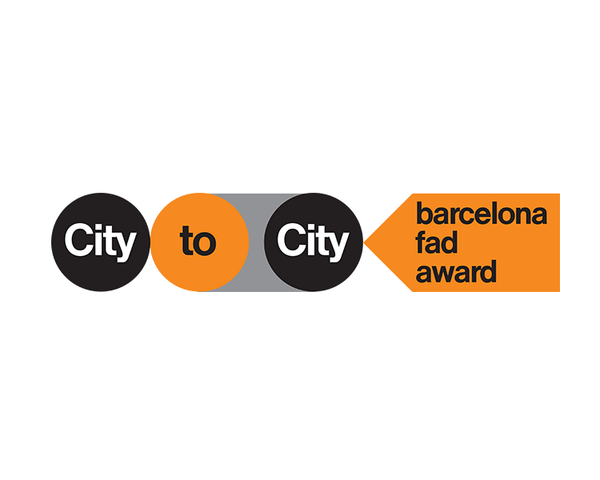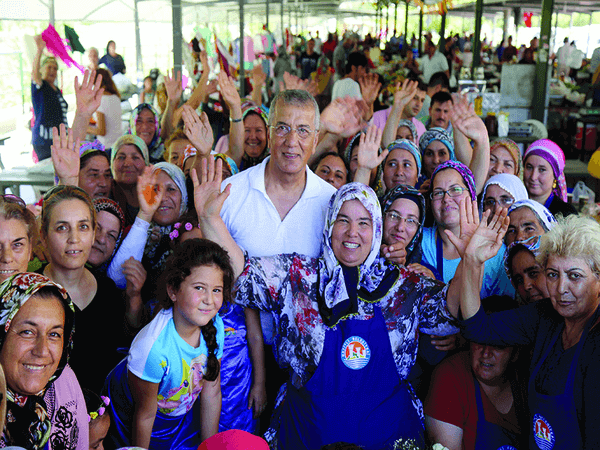City
Lima
Main actors
Community / Citizen Group
Project area
Neighborhood or district
Duration
Ongoing since 2001
An urban redevelopment programme showcasing art, street life and design has transformed the low-income neighbourhood of La Balanza into a vibrant precinct with strong community engagement.
In 2002, the first Festival Internacional de Teatro de Calles Abiertas (Fiteca) was held in La Balanza, a district in Lima, Peru. Six years later, capitalizing on its success, local organizations launched a new artistic movement, Fitekantropus, to help residents to appropriate their city in creative ways. As a result, La Balanza is transforming into a lively neighbourhood where residents interact with their environment. To achieve this, the local community conducted a participatory process to reimagine and redesign physical space. This process increased communication between residents and is building an inclusive collective through social experimentation.
During its implementation, different groups have joined the project. For example, the CITIO collective, a group of architecture students from the National University of Engineering in Lima (UNI), have initiated "Community Sundays" as a series of gatherings that offer theater workshops, conferences and other activities to residents. The transformation of the San Martíndining room into a space for community activities has further contributed to the renewal of La Balanza’s social fabric. Over time, the re-development of La Balanza has gained strong support from neighbours, volunteers and academics. The Fitekantropus project has received media exposure in many Peruvian cities and internationally, and is today acknowledged as a successful community development model.
City to City Barcelona FAD Award
This project was awarded the 'City to City Barcelona FAD Award' in 2016.
On Map
The Map will be displayed after accepting cookie policy
